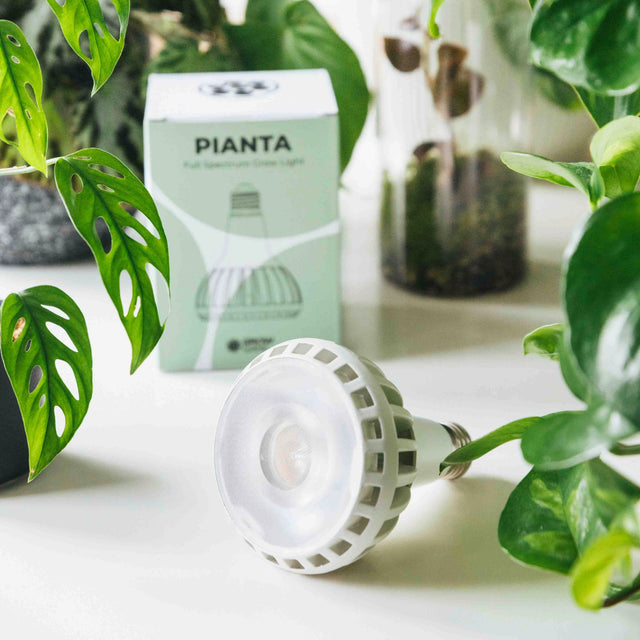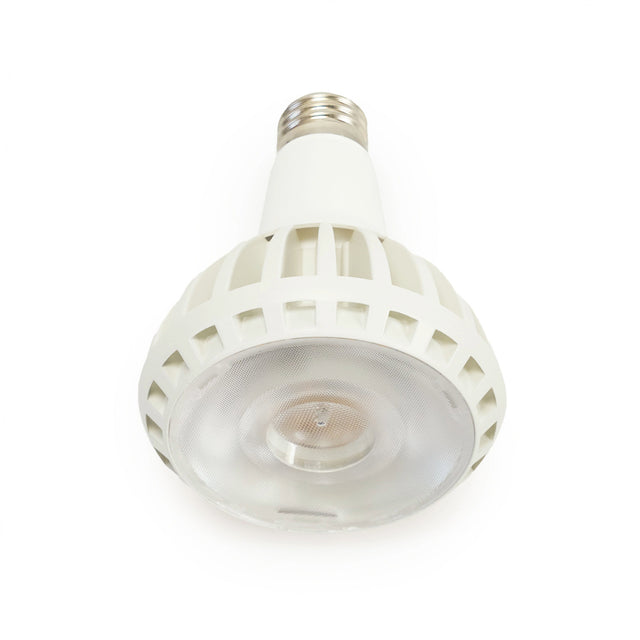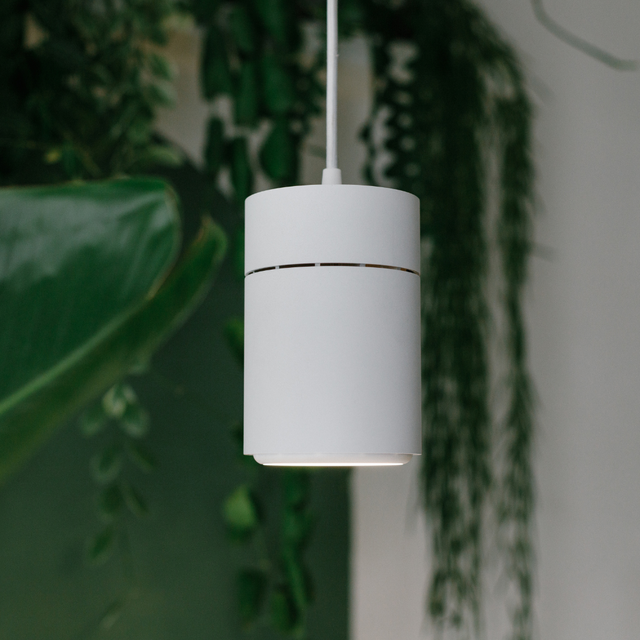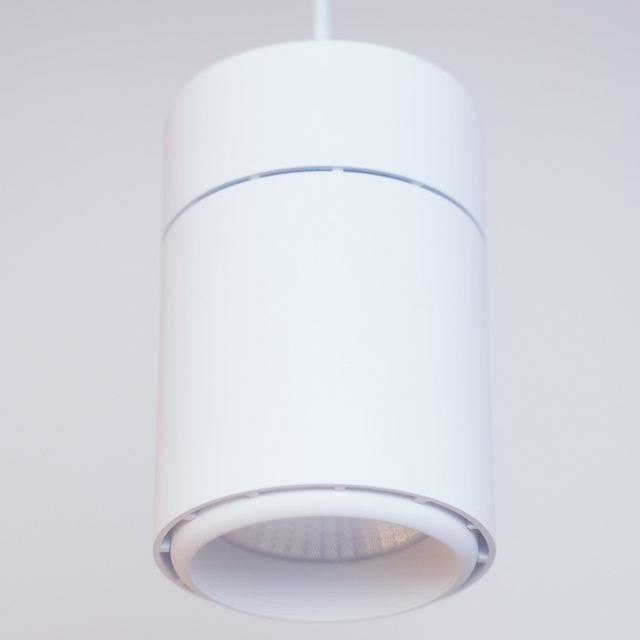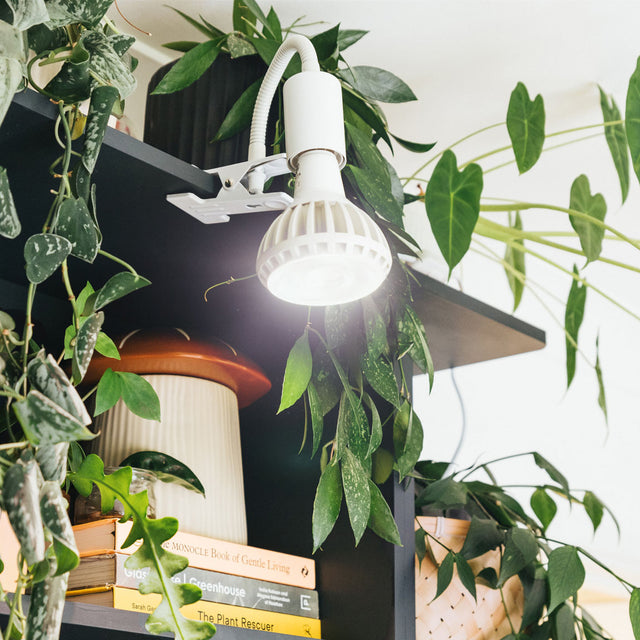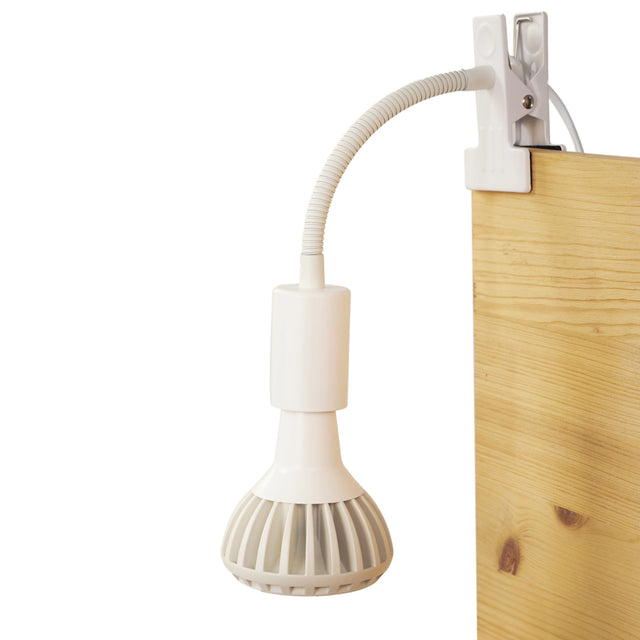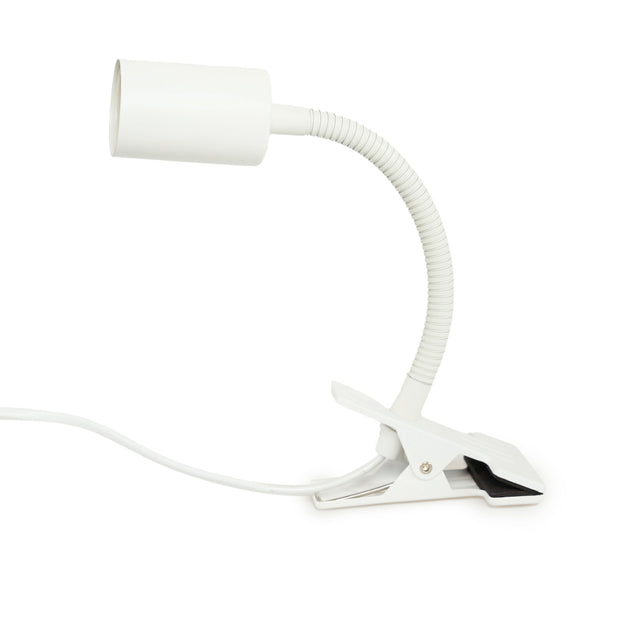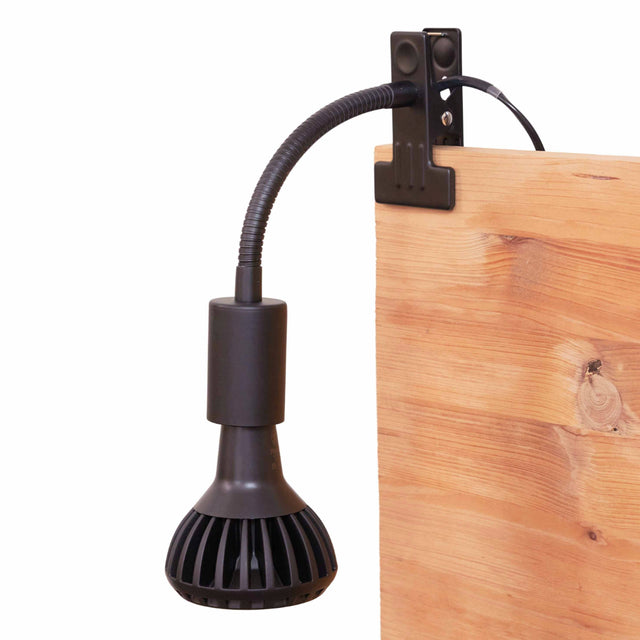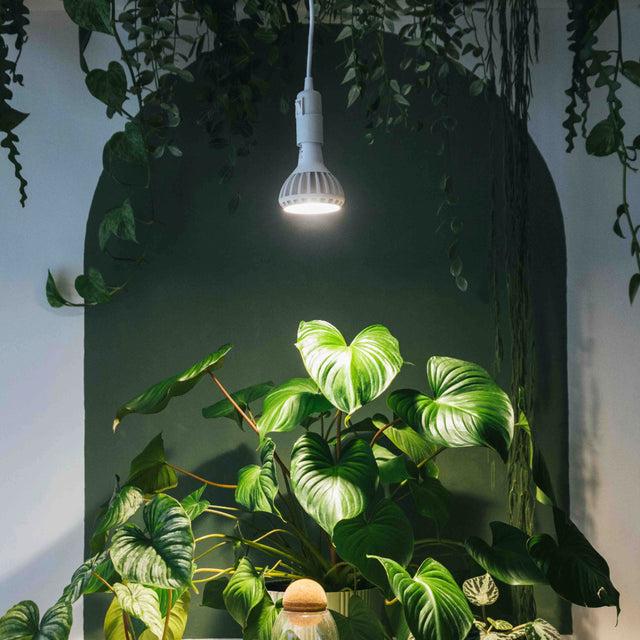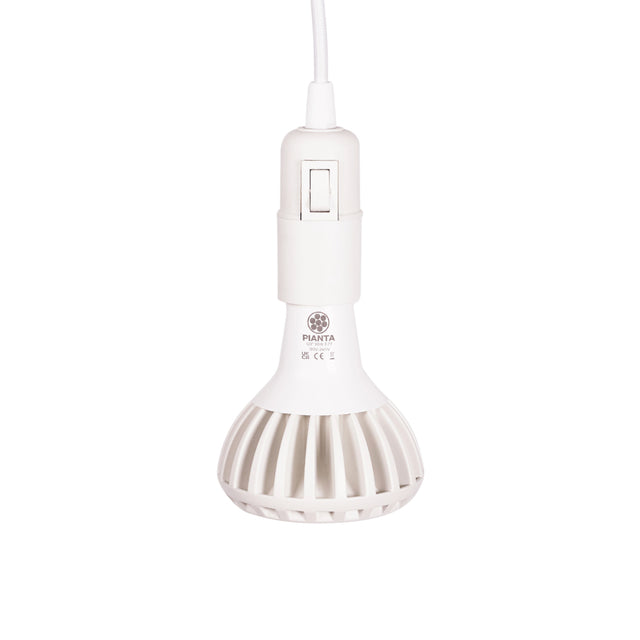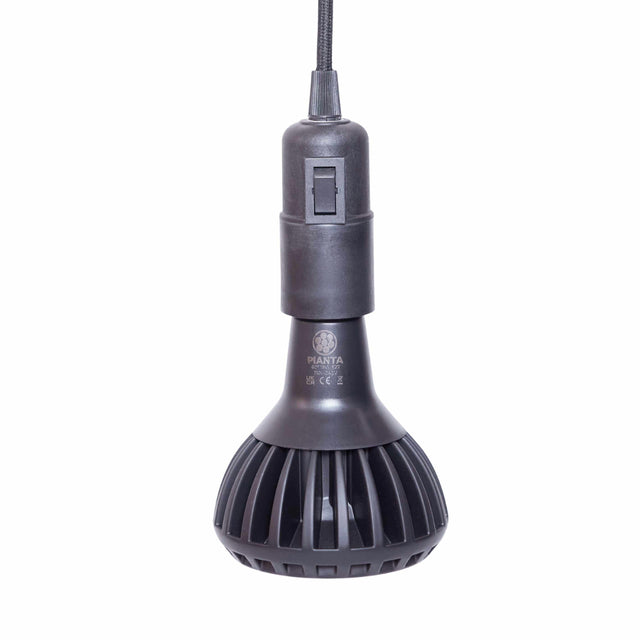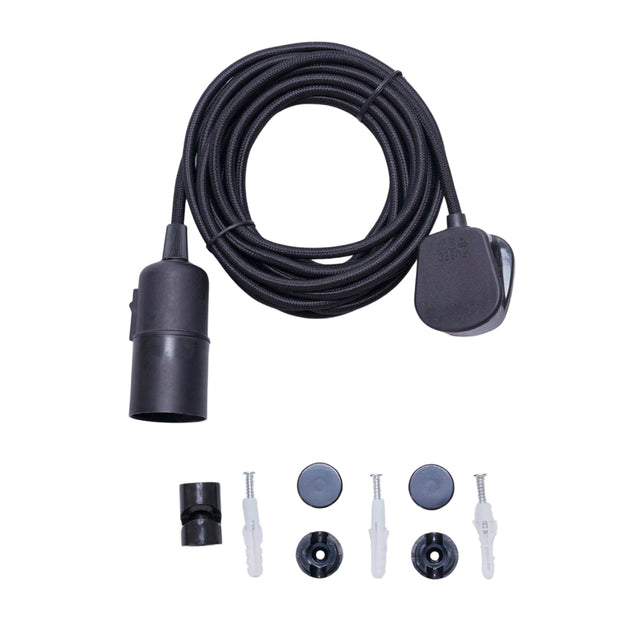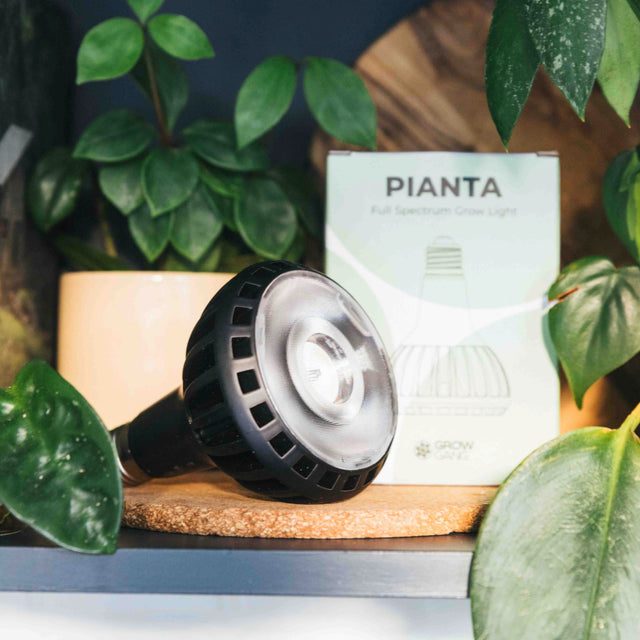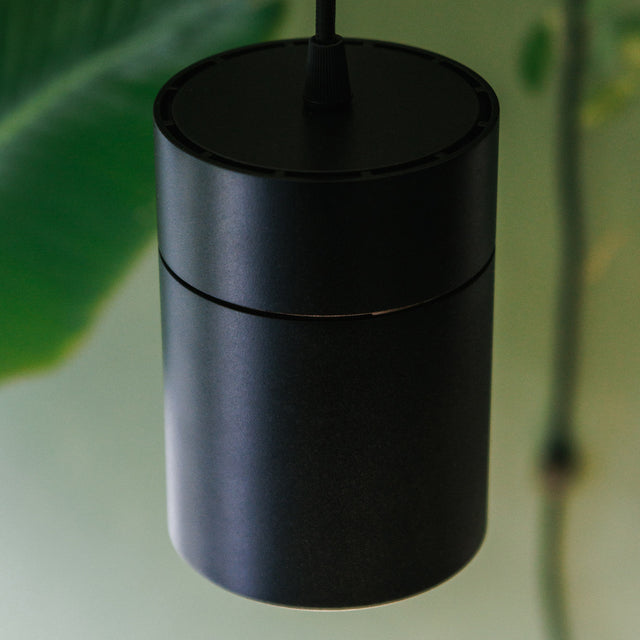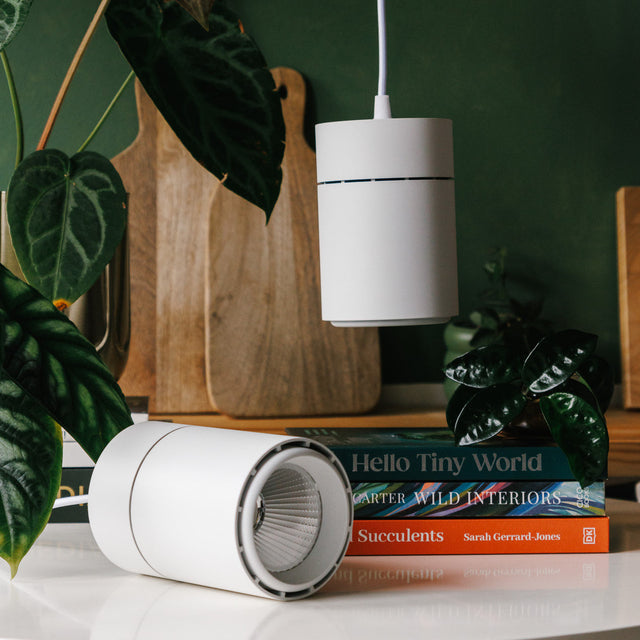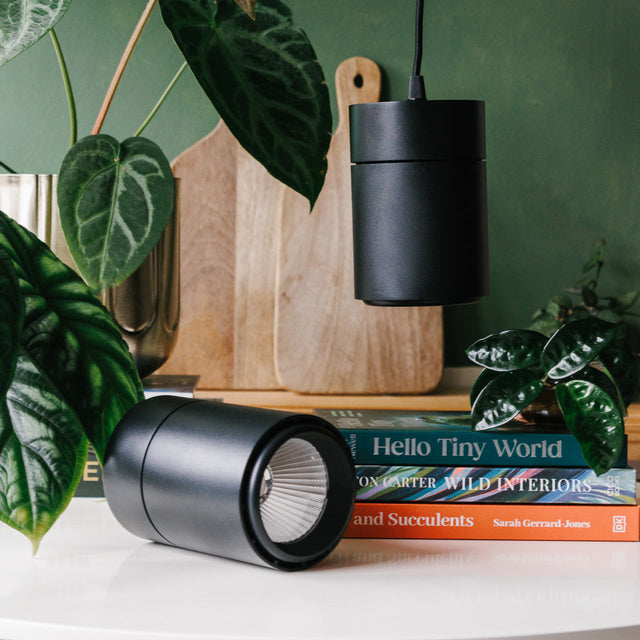
🔬Scientific name: Hoya Carnosa (Family: Apocynaceae)
Other names: Wax plant, Porcelain Flower
🌍 Origin: It is native to Eastern Asia, particularly countries like China, India, Thailand, and Vietnam, as well as parts of Malaysia and Indonesia. It is also found growing in some areas of Australia. In its natural habitat, it thrives as an epiphyte, meaning it grows on trees or rocks without drawing nutrients from them, relying instead on rainwater, humidity, and decomposing organic matter. These regions typically offer a tropical to subtropical climate, with high humidity, warm temperatures, and filtered sunlight—conditions that mimic what Hoya carnosa prefers when cultivated indoors. Its adaptability and attractive appearance have contributed to its global popularity as a houseplant.
Lighting
Lighting requirement: Bright, indirect light
It prefers bright, filtered light to encourage healthy growth and flowering. Ideally, it should be placed near an east- or west-facing window, where it receives several hours of gentle sunlight each day without being exposed to intense midday rays, which can scorch its leaves. While it can tolerate lower light levels, growth may slow, and flowering is less likely in dim conditions. Conversely, too much direct sunlight can lead to leaf yellowing or sunburn.
When grown under LED grow lights, it can also thrive, particularly if given 12 to 14 hours of consistent exposure daily. Gradually adjusting its position when moving to a brighter spot helps prevent shock and leaf drop. Overall, maintaining steady, indirect light is key to keeping Hoya carnosa healthy and vibrant.
Watering:
Water Hoya carnosa thoroughly but infrequently, allowing the top 2 to 5 cm of soil to dry out between waterings. During the growing season (spring and summer), it generally requires watering once every 7–10 days, depending on temperature, humidity, and pot size. In autumn and winter, when growth slows, reduce watering to every 2–3 weeks, ensuring the plant is never left in soggy conditions. Overwatering is one of the most common issues and can lead to root rot, especially if the plant is in poorly draining soil. Use a well-draining potting mix and containers with drainage holes. Hoya carnosa can tolerate slight underwatering thanks to its thick, succulent-like leaves, which store moisture, making it more resilient during occasional neglect.
Humidity
It thrives in humidity levels between 40% and 60%, which mimic its natural tropical environment. While it does appreciate increased humidity it can still grow well in typical household conditions without any need for misting or humidifiers. That said, higher humidity levels (above 60%) can encourage faster growth and more prolific flowering, making it beneficial to place the plant in kitchens, bathrooms, or near a humidifier if possible. In drier indoor environments, particularly during winter when heating systems are active, it may help to group plants together, use a humidity tray, or increase ambient moisture using a room humidifier. However, avoid excessive humidity without good air circulation, as stagnant air can lead to fungal issues. Overall, Hoya carnosa is forgiving and does not demand tropical greenhouse conditions to thrive.
Fertiliser:
Hoya carnosa benefits from regular, balanced fertilising during the growing season, but it does not require heavy feeding. During the active growing months (spring through early autumn) Hoya carnosa should be fertilised once a month using a balanced, water-soluble fertiliser, diluted to half the recommended strength. This supports healthy leaf development and can encourage flowering. Avoid over-fertilising, as excess nutrients can cause salt build-up in the soil, leaf damage, or reduced flowering. During the winter months, when the plant's growth slows, fertilising should be paused entirely. Always water the plant before applying fertiliser to prevent root burn, and ensure it’s potted in well-draining soil to avoid nutrient accumulation.
Temperature:
It thrives in temperatures between 15°C and 29°C, making it well-suited for indoor environments year-round. During the growing season (spring and summer), it performs best in temperatures around 18°C to 24°C. While it can tolerate slightly cooler conditions in winter, it should not be exposed to temperatures below 10°C, as prolonged cold can lead to leaf drop, slowed growth, or even plant death. Hoya carnosa is sensitive to sudden temperature fluctuations and cold draughts, so it’s best to keep it away from open windows, radiators, and air conditioners. If placed outdoors during summer, it should be brought back inside before night-time temperatures begin to drop in autumn. Maintaining a consistently warm and draft-free environment will keep the plant healthy and promote flowering.
Troubleshooting and Pests:
Hoya carnosa is generally low-maintenance but can occasionally face issues related to improper care or pest infestations. One common problem is leaf yellowing or drop, which may result from overwatering, sudden changes in light or temperature, or poor drainage. If the plant becomes leggy or fails to bloom, it may be receiving insufficient light. Root rot is another concern, typically caused by soggy soil; it can be prevented by using a well-draining mix and allowing the soil to dry between waterings.
In terms of pests, Hoya carnosa can be susceptible to mealybugs, aphids, spider mites, and scale insects. These pests often hide in leaf joints or along the stems and may cause sticky residue, discolouration, or stunted growth. Treatment involves wiping the affected areas with a cotton bud dipped in rubbing alcohol, applying insecticidal soap, or using neem oil. Regular inspection, especially on new growth and the undersides of leaves, helps catch problems early. Good air circulation, proper watering practices, and avoiding overcrowding will greatly reduce the risk of pest infestations and general plant stress.
Height:
This plant grows primarily as a trailing or climbing vine. In its natural habitat and when allowed to grow freely indoors, its vines can reach lengths of 2 to 4 metres or more. However, its vertical growth depends on the support structure provided, such as a trellis, moss pole, or hanging basket. It can also be pruned and shaped to suit smaller spaces, making it a highly adaptable houseplant. While it doesn't require vertical clearance like upright plants, providing ample room for horizontal or cascading growth is ideal. Regular pruning can control size and encourage bushier, more compact growth if desired. Ultimately, Hoya carnosa is best suited to spaces where its vines can either climb or trail freely, rather than being limited to a specific height.
Is It Toxic To Pets?
No. Hoya carnosa is considered non-toxic to pets, making it a pet-friendly choice for homes with animals.
It is not poisonous to cats, dogs, or other common household pets. It does not contain harmful compounds that typically cause gastrointestinal distress or toxicity symptoms. However, as with any plant, ingestion in large quantities might still cause mild stomach upset or vomiting due to the fibrous plant material, especially in sensitive pets. To be safe, it's still advisable to place the plant out of reach of overly curious pets to prevent chewing or damage to the leaves and stems. Overall, it’s a safe and attractive option for pet-friendly indoor gardens.
